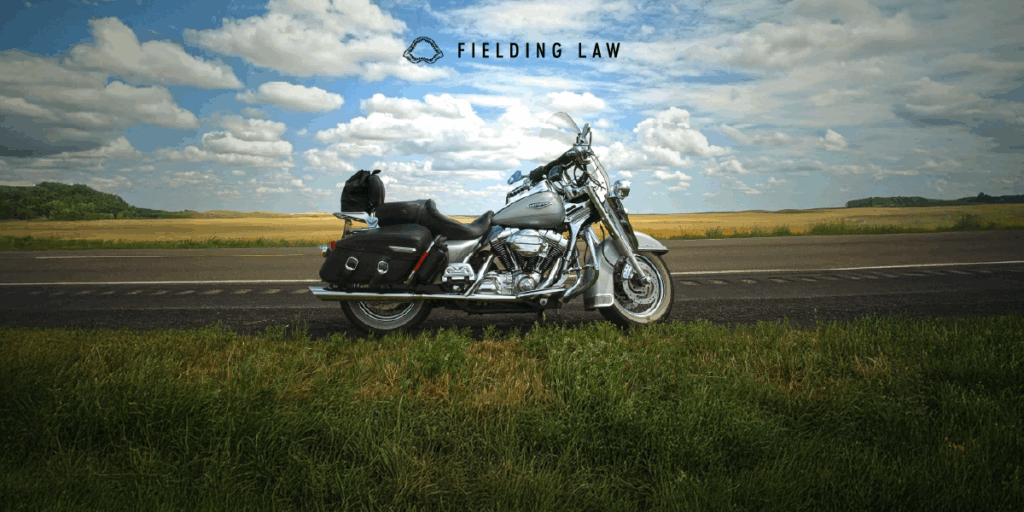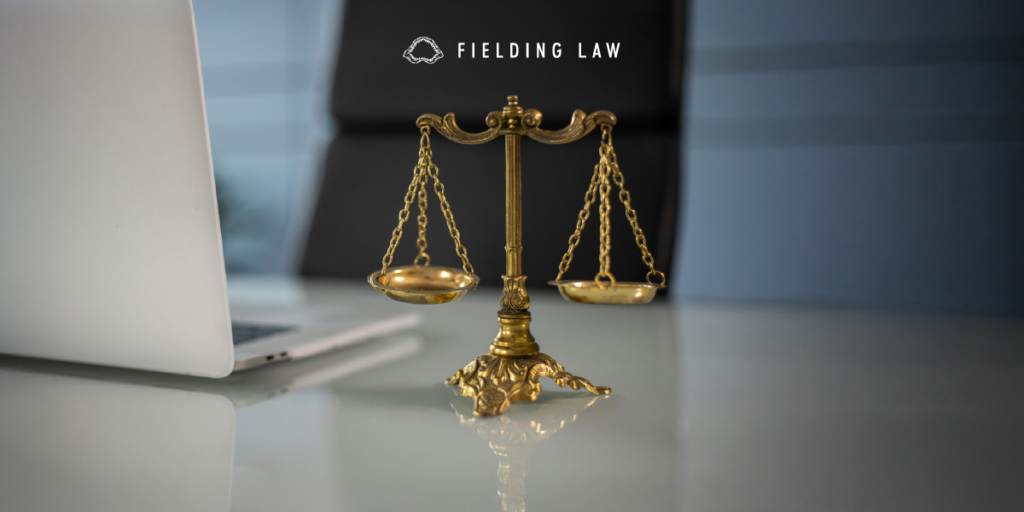
Understanding Comparative Fault
Comparative fault is a legal principle that may impact how much compensation you recover in a personal injury case. It applies when both the injured person and the at-fault party share responsibility. A court or jury will assign percentages of fault, and your award is reduced by the amount of fault assigned to you.
Comparative Fault in California
California follows a pure comparative fault system. Even if you are found 99 percent at fault, you may still recover damages for the 1 percent caused by someone else. For example, if you are injured in a car accident and awarded $100,000 but are found 40 percent at fault for speeding, your recovery would be $60,000.
Comparative Fault in Arizona
Arizona also follows a pure comparative fault system. This means you can pursue compensation even if you bear the majority of the blame. For example, if you are injured in a bicycle accident and the court finds you 30 percent at fault for riding against traffic, you would still recover 70 percent of your damages. If the total damages were $50,000, you would receive $35,000.
How Comparative Fault Applies to Different Cases
Dog Bites
In California and Arizona, dog owners are strictly liable when their dog bites someone. However, if the injured person provoked the dog or was trespassing, comparative fault may reduce the compensation.
Car Accidents
Car accidents often involve multiple factors. One driver may run a red light while the other sends a text. Both actions contribute to the crash. In these cases, the court assigns fault to each driver and reduces recovery according to those percentages.
Premises Liability
Property owners have a duty to keep their premises safe. However, if an injured person ignores posted warnings or engages in risky behavior, comparative fault may reduce recovery.
Bicycle Accidents
Bicycle accidents frequently raise disputes over responsibility. A driver might fail to yield, while a cyclist ignores traffic laws. Both sides play a role. The court weighs each person’s actions and adjusts damages based on the percentage of fault.
Why Hire Fielding Law
At Fielding Law, we understand that comparative fault cases are often complicated. Insurance companies may attempt to exaggerate your share of fault to minimize payouts. Our attorneys will stand by your side to protect your rights and fight for the compensation you deserve. We are committed to guiding you and your family with care, compassion, and determination.
Call 833.88.SHARK today to speak with a comparative fault lawyer who will protect your best interests.
Note: Information provided is for educational purposes and does not constitute legal advice. Always consult with a qualified attorney for legal concerns.
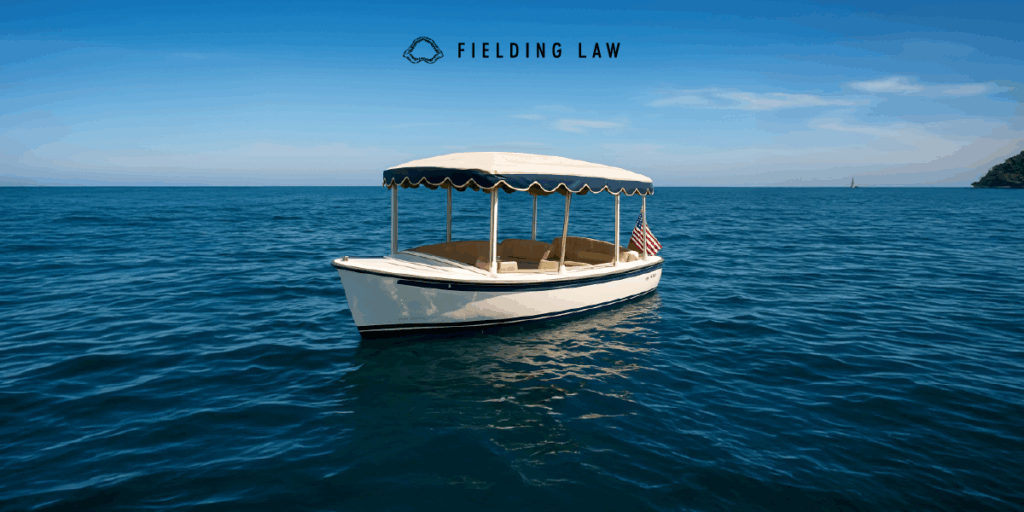
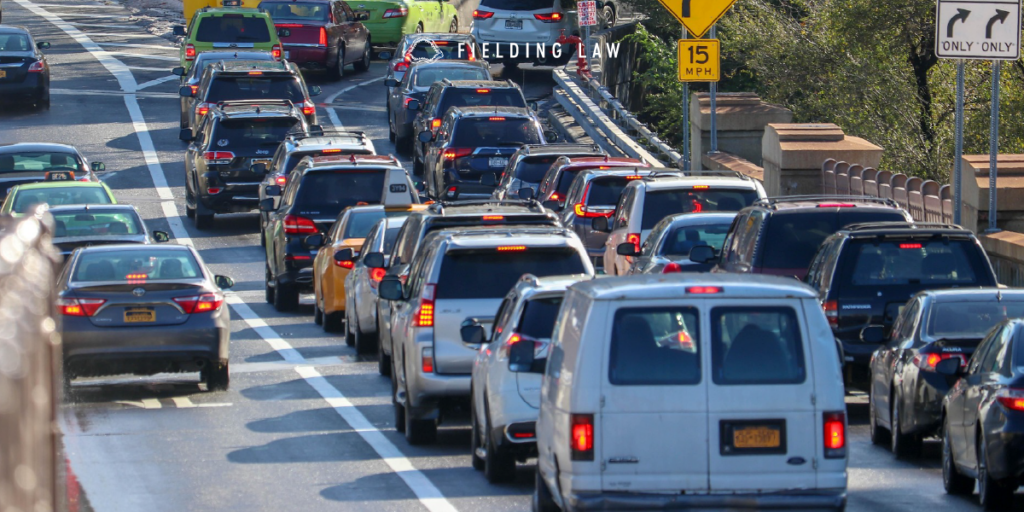
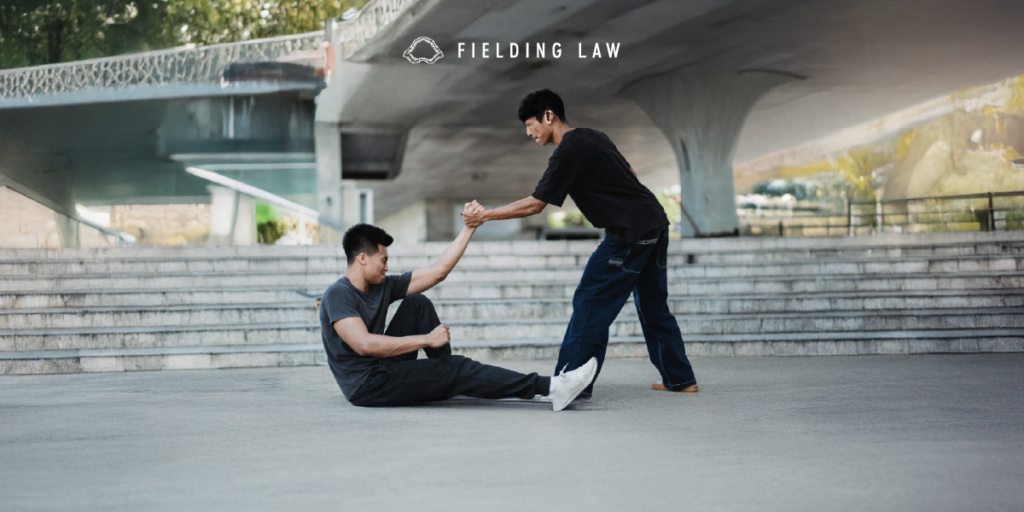

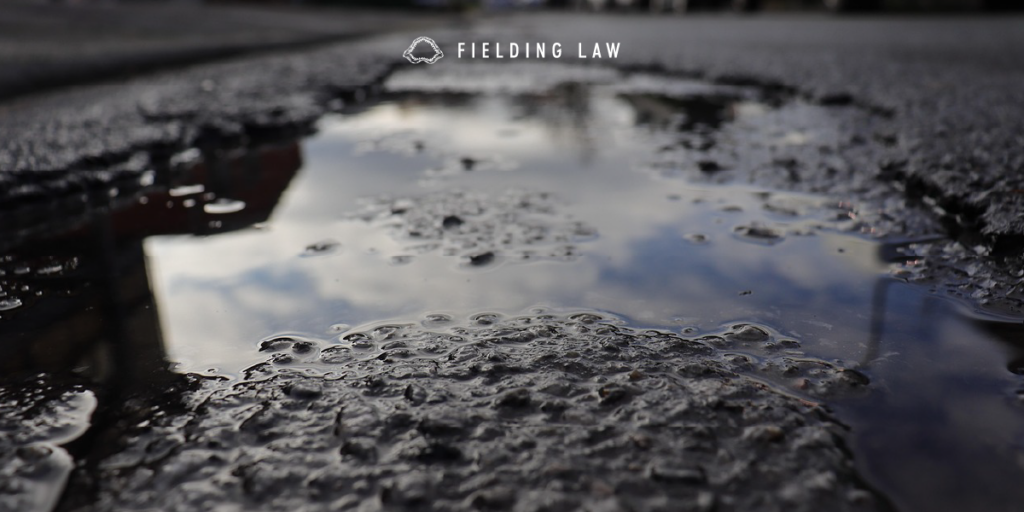
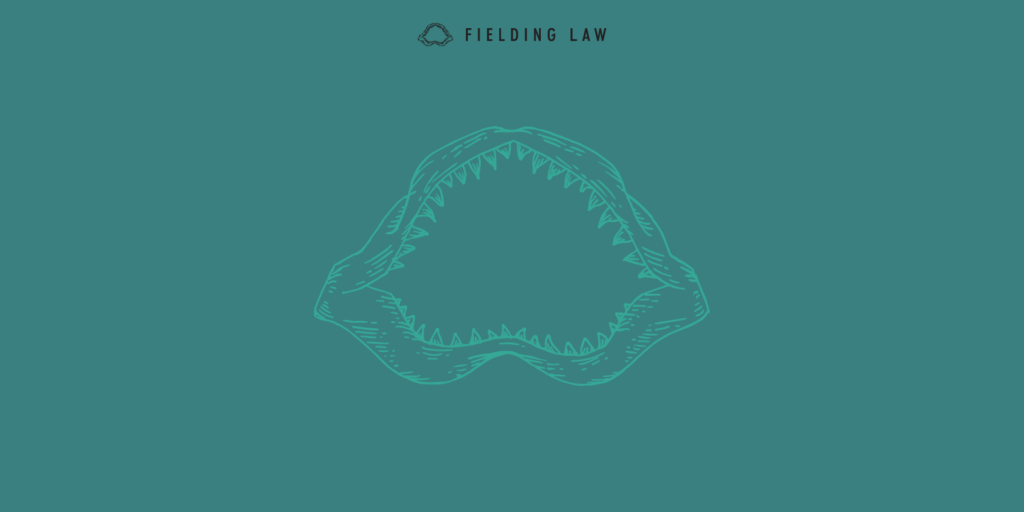
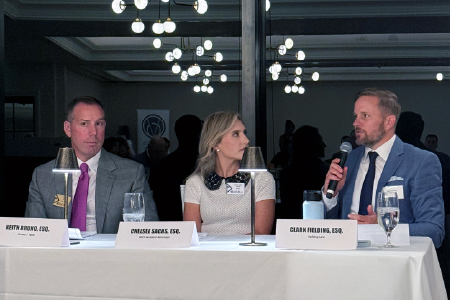 Clark Fielding on the Panel
Clark Fielding on the Panel
